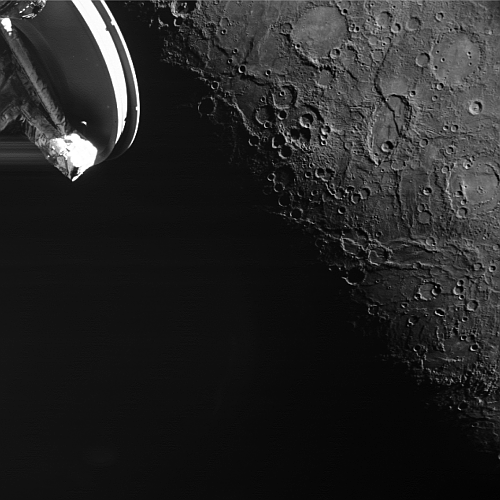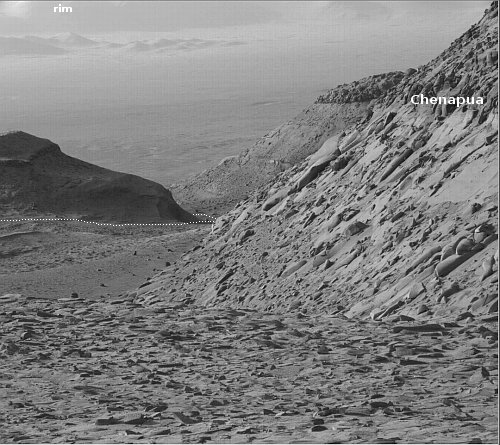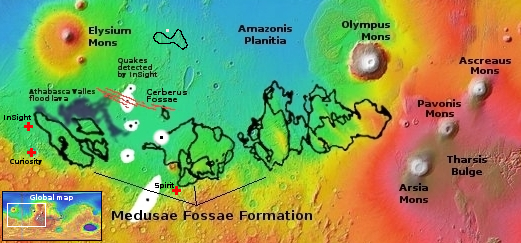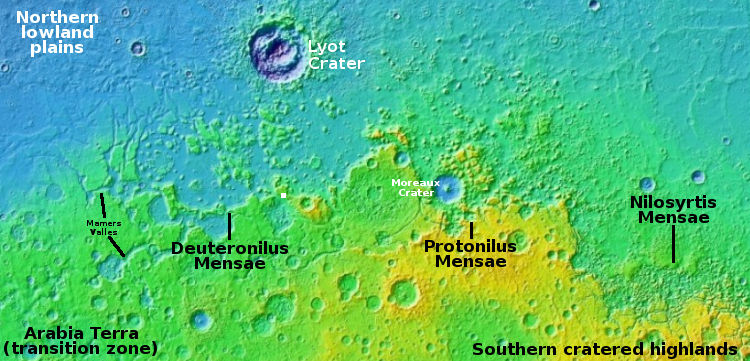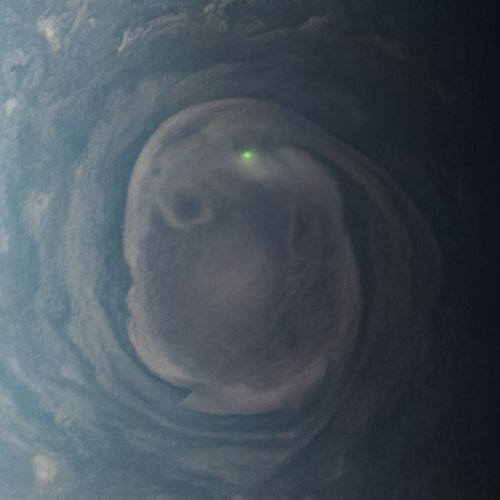FAA finally reduces airspace restrictions for some launches out of Cape Canaveral
On June 15, 2023 FAA announced that it has at last reduced the airspace restrictions for some launches out of Cape Canaveral, thus allowing more launches while reducing the disruption to commercial airline traffic.
The move is part of broader efforts to address the conflicts between launches and commercial aviation, particularly in Florida’s congested airspace. In April, the FAA released a set of factors when considering whether to allow a launch to proceed or ask the launch company to identify alternative windows for the launch.
Among those factors are the timing of the launch, particularly relative to holidays or other special events that cause increases in air traffic, and the duration of the launch window. “The FAA encourages commercial space operations to take place during nighttime hours (to the extent practicable) when other flight operations tend to be reduced,” the guidelines state.
I say “at last” because SpaceX have been pushing for this reduction for years. It knows its rockets will fly very reliably, and even if a rare failure forces their destruction, the territory threatened is much smaller than what was once considered necessary in the past. It just took years to get the federal bureaucracy to recognize these facts.
On June 15, 2023 FAA announced that it has at last reduced the airspace restrictions for some launches out of Cape Canaveral, thus allowing more launches while reducing the disruption to commercial airline traffic.
The move is part of broader efforts to address the conflicts between launches and commercial aviation, particularly in Florida’s congested airspace. In April, the FAA released a set of factors when considering whether to allow a launch to proceed or ask the launch company to identify alternative windows for the launch.
Among those factors are the timing of the launch, particularly relative to holidays or other special events that cause increases in air traffic, and the duration of the launch window. “The FAA encourages commercial space operations to take place during nighttime hours (to the extent practicable) when other flight operations tend to be reduced,” the guidelines state.
I say “at last” because SpaceX have been pushing for this reduction for years. It knows its rockets will fly very reliably, and even if a rare failure forces their destruction, the territory threatened is much smaller than what was once considered necessary in the past. It just took years to get the federal bureaucracy to recognize these facts.

